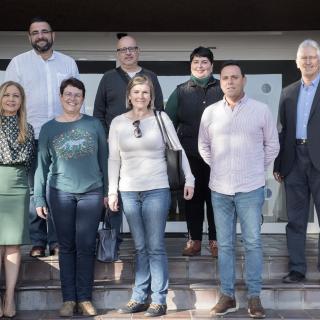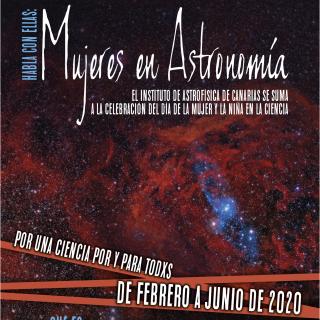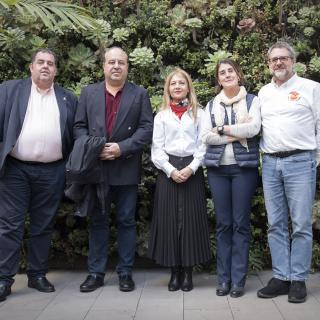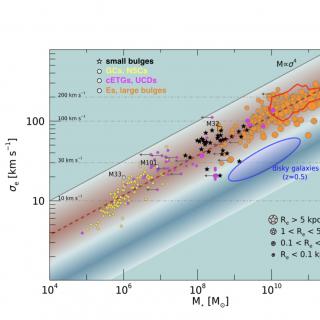
Ana Rosa Mena, the Mayoress of Tegueste, on February 7th, visited the Headquarters of the Instituto de Astrofísica de Canarias (IAC), in La Laguna, and the Teide Observatory (OT) in Tenerife, together with several of the town councillors: Ricardo Chico Marrero, Councillor of New Technologies and Services; Antonio López González, Councillor of Culture, Sport, and Civil Protection; Julián Rodríguez Pérez, Councillor of Agriculture; Eladia María López Lutzardo, Councillor of Festivals and Ethnography; and Candelaria de la Rosa González, Councillor of Social Services. The Council was received by
Advertised on

![Oxygen-to-iron abundance ratios [O/Fe] vs. metallicity [Fe/H] of the iron-poor star J0815+4729 (large star symbol) compared with literature measurements. 1D-LTE oxygen-to-iron abundance ratios [O/Fe] vs. metallicity [Fe/H] of the iron-poor star J0815+4729 (large star symbol) compared with literature measurements from the [O I] forbidden line (diamonds), the near-IR O I triplet (circles), and the near-UV OH lines (squares). The two triangles at [Fe/H] ∼ −3.6 correspond to the oxygen measurement from OH lines in the metal-poor binary stars CS 22876–032 AB (González Hernández et al. 2008).](/sites/default/files/styles/crop_square_2_2_to_320px/public/images/news/figuraoxygenJ0815_f.png?h=063d2993&itok=TRrz9Jk_)


